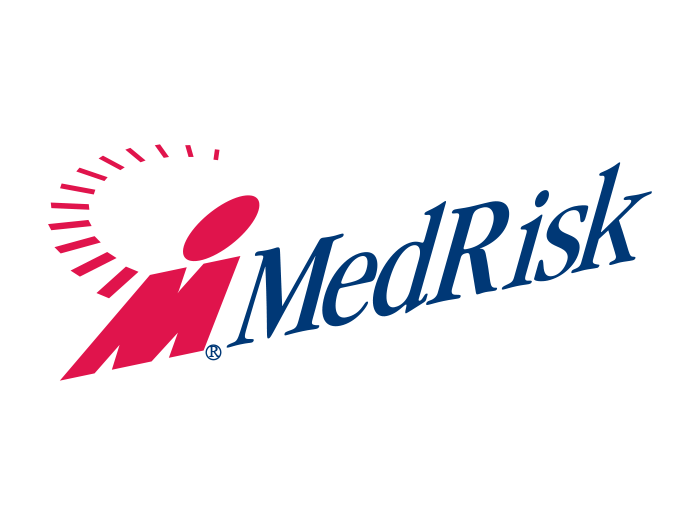The Vital Role of Replacement Cost Coverage for Luxury Homes
Many high-net-worth homeowners assume insuring their luxury property at its market value is sufficient protection. But when disaster strikes, that misconception can leave these homeowners with a catastrophic coverage gap. The only way luxury homeowners can guarantee a full recovery is to insure for what it actually costs to rebuild.
A policy with replacement cost coverage will cover the cost to repair or replace damaged property with new items of similar type and quality, without deducting for depreciation, and is essential when custom construction meets natural hazard risk. Factors such as code-driven upgrades, specialized materials and ownership structures all play a critical role in determining true rebuild valuations.
Why Market Value Falls Short
Market value represents what a buyer might pay for a home today, including land appreciation, neighborhood demand and location. But if your property goes up in flames, you don’t want your insurer to cut you a check based on what someone would pay to live there; instead, you want the insurance company to pay out the full cost to reconstruct every beam, tile and fixture to current building‑code requirements—without any depreciation—such as installing impact‑rated windows, reinforced framing and up‑to‑code electrical and plumbing. In practice, that difference can be hundreds of thousands of dollars—or even millions for high‑end homes.
Consider the case of a custom-built Rosemary Beach residence on Florida’s celebrated 30A corridor. When the owners purchased the property, they worked with an appraiser to establish market value—but that figure remained unvisited as they settled in. After years of ownership, category 4 winds snapped roof trusses and drove saltwater corrosion into the framing. Although the market value hovered around $4 million, the rebuild cost with hurricane windows, impact doors, updated wiring and code-mandated foundation reinforcements topped $4.8 million. The result? An $800,000 shortfall the homeowners simply couldn’t cover.
The Anatomy of Replacement Cost Estimates
Estimating replacement costs takes expertise. Underwriters and appraisers work together to catalog every custom finish while contractors advise on current labor and materials pricing. In areas where aging homes must be brought up to modern building codes, luxury homeowners insurance coverage must include law and ordinance provisions that absorb the added expense of mandated upgrades. Typical policies offer basic ordinance coverage of 10% of a dwelling limit, the amount your policy will pay to rebuild the physical structure of your home, but older properties should increase the coverage up to 25% or even 50% to avoid gaps.
Across different regions and weather patterns, the mechanics of replacement cost estimates are similar. Wildfire-prone areas require fire-resistant roofing and ember-safe vents, mountain towns need hardy framing to withstand heavy snow loads and earthquake zones rely on retrofits for seismic resilience.
In every scenario, you’re rebuilding to a higher standard—and that cost sits well above market appraisals that assume perfect existing conditions.
Climate Trends and Construction Realities
Today’s rebuild estimates contend with factors that didn’t exist a generation ago. Global supply chain logjams have driven lumber, steel and concrete prices to new heights. Labor shortages have doubled or tripled contractor fees in many markets.
Meanwhile, increasingly frequent and severe weather events mean that underwriters are modeling risk at higher wind speed thresholds and broader flood footprints. California’s wildfire seasons now burn longer. Gulf Coast storms make earlier landfalls. Hurricanes deliver heavier storm surges.
For high-value homeowners, these factors must result in proactive policy review, ideally once a year, to capture inflation trends. Unfortunately, people tend to set it and forget it—the majority of luxury property owners secure a policy once and file it away, only to discover too late that their limits haven’t kept pace with reality.
A dedicated replacement cost estimator will comb through recent upgrades while local rebuilding experts validate labor and material rates, ensuring coverage reflects true, up-to-date costs.
Hidden Risks Beyond the Four Walls
Insurance for upscale properties isn’t just about walls and roofs; it also needs to account for exposures that can slip under the radar. Short-term or vacation rentals, golf carts and high-end amenities all carry unique liabilities. In areas where homeowners rent their properties seasonally, the use profile drives up liability risk to cover instances like a renter slipping on a phosphate-treated pool deck or crashing a golf cart into a sand dune. It also prompts the need for standalone or excess liability endorsements beyond a standard homeowner policy.
How you title your property may also affect coverage. Homes held in personal names, LLCs or corporations can lead to complications if the policy declarations do not align with the deed. Certain ownership structures may limit or alter your ability to obtain coverage at replacement cost, resulting in limited actual cash value coverage or depreciated payouts. Claims adjusters review every detail, ensuring every invoice qualifies under the insured limits. A mismatch of property ownership can result in delayed or reduced payouts.
Becoming Your Own Advocate
The single most impactful action luxury homeowners can take is to treat their insurance policy like a living document—not a one-and-done expense. To keep your coverage aligned with your home’s true value, follow these best practices:
- Commission a detailed rebuild estimate from a licensed appraiser or estimator.
- Review the report with your broker to ensure ordinance and inflation guardrails are dialed in.
- Take photographs and video recordings of every room, closet and outbuilding, storing the footage offsite or in the cloud.
- Revisit coverage limits whenever you renovate, remodel or replace equipment.
Replacement cost coverage is a smart, proactive strategy that transforms insurance from a passive afterthought into a powerful safeguard for one of your most significant investments. By reframing the conversation around what it actuallycosts to rebuild rather than what a buyer might pay, the policy buyer steps into the role of advocate and ensures, should the unthinkable happen, there’s no question of underinsurance. &










